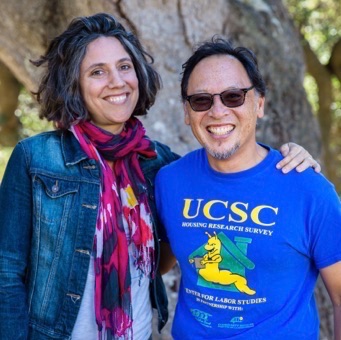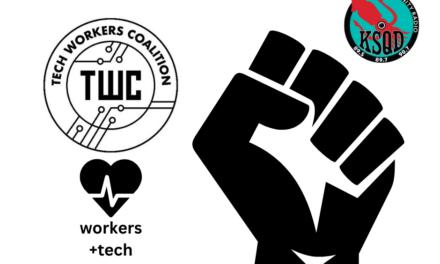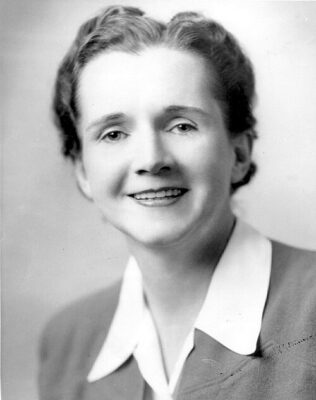
Radio Show #15, March 22, 2020, with UCSC Sociology Professor Steve McKay, director of the UCSC Center for Labor Studies and codirector, with Professor Miriam Greenberg, of “No Place Like Home,” a community-initiated, student-engaged research project on the affordable housing crisis in Santa Cruz County. McKay author of Satanic Mills or Silicon Islands? The Politics of High-Tech Production in the Philippines.
* * *
Some background:
Housing prices in Santa Cruz are among the highest in the United States, with median rents for a one-bedroom apartment exceeding $2,000 This sum is beyond the reach of many tenants, including professionals on whom community well-being depends— teachers, police, firefighters, construction and service employees, janitors–but who cannot afford to live in the city where they work and serve. The high cost of housing has also “trapped” homeowners who cannot afford to downsize because of the property tax burden that would come with a new house, and it contributes to people sleeping in their cars because there are not enough rentals available at an affordable price.
Although there are numerous causes of this housing crisis, a primary one is the high cost of land, which can be more valuable than the structure build on it. Proposition 13,[2] passed in 1979, makes it difficult and costly for long-time homeowners to downsize by moving, thereby limiting the supply of housing, on the one hand, while motivating conversion of multifamily housing into expensive condominiums, on the other. In the 1960s, for example, a 2,000 square foot home cost about $25,000, including land. As a result of Proposition 13, the assessed value of that house is about $80,000, of which 25% is land cost and 75%, structure. A similar house nearby, is assessed at $800,000, of which 75% is land value and 25%, structure. Due to land prices, a newly-built house of 1,400 square feet might cost $300,000 to build and $1 million to purchase. The $700,000 difference is the land. Clearly, any solution to the affordable housing problem must address the cost of land.












